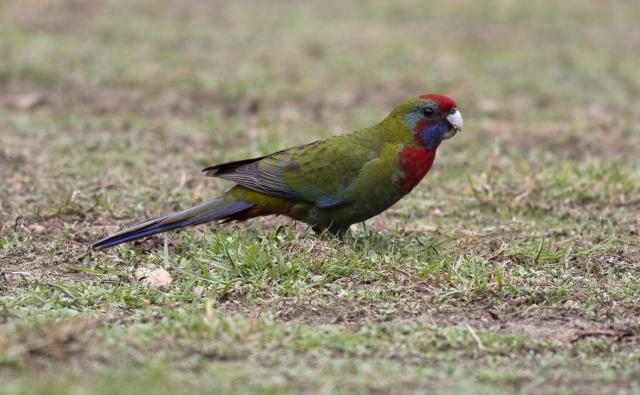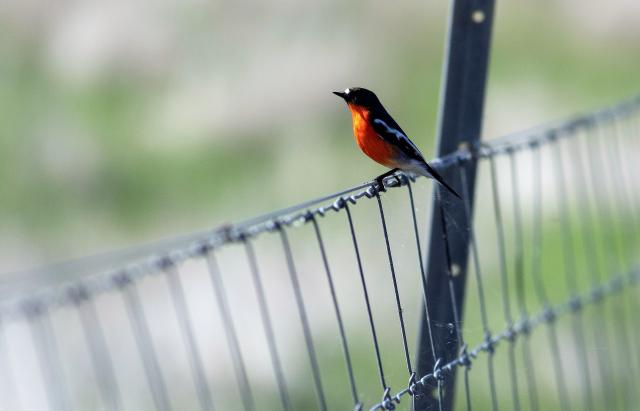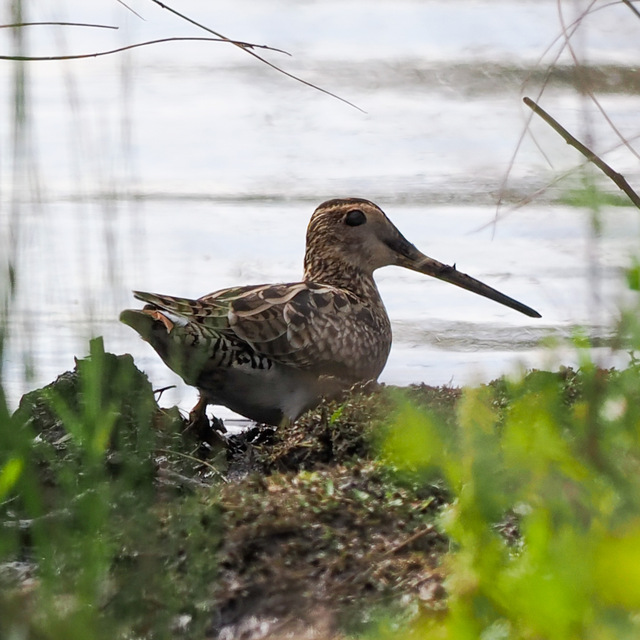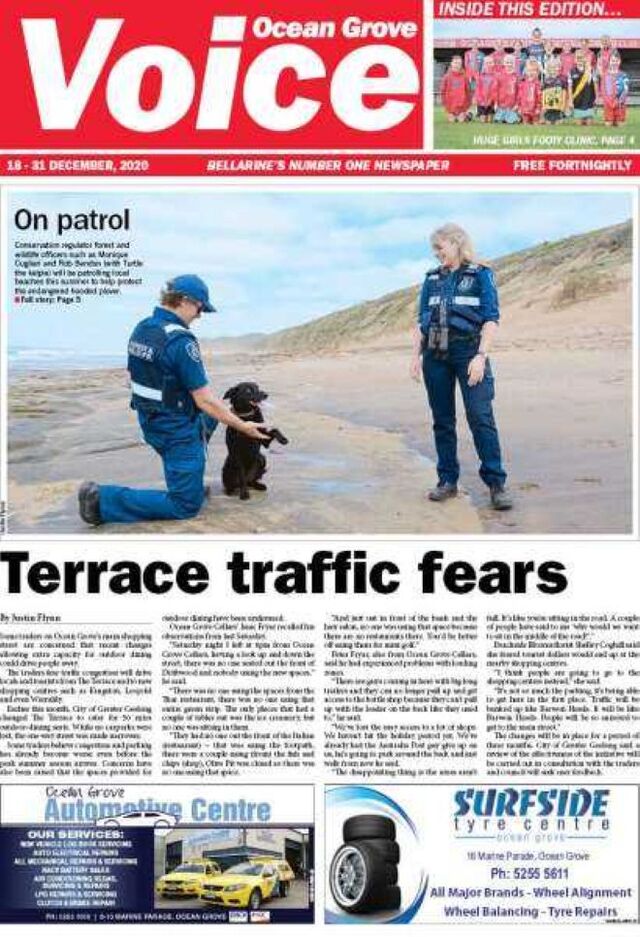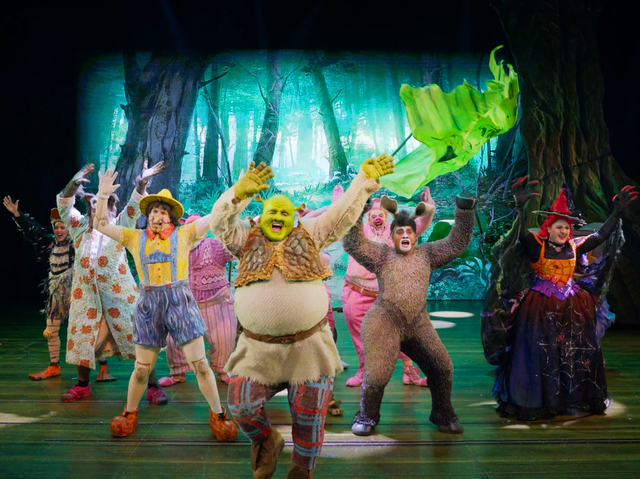The appalling duck shooting season has started and it restricts bird lovers from visiting Lake Connewarre at this time of year.
Vale the ducks that are killed in our beautiful wetlands in the name of sport.
I haven’t had to travel far from my home to see some lovely birds. In the local park which I call Sue’s Park after the lady that plants the trees and maintains the gardens, I’ve seen many crimson
rosellas, including some juveniles that are moulting into adult plumage.
Crimson rosellas can be nomadic like many birds at this time of the year, when mountainous regions become cold at night, so some birds move to warmer coastal regions. In the non-breeding season, crimson rosellas can be seen in pairs or small flocks when they are feeding.
These birds inhabit forests and woodlands, where they can be seen feeding on seeds on the ground and also consuming fruit, seeds, nectar, berries, and nuts from plants and trees.
I was riding my bike north of Jenelle Way on the paddocks that lead to Coastal Boulevard in Ocean Grove when, to my surprise, there was a male and female flame robin on a farm fence.
I was surprised to see them as there haven’t been as many flame robins around the Bellarine in recent years. I recently went to Ocean Grove Nature Reserve to see if I could spot any, to no avail.
Flame robins are another bird that is migratory in that they move from mountainous regions to flatter and thus warmer areas in autumn and winter in the non-breeding season.
In the same area there was a flock of around 20 European goldfinch, which are finches that were introduced to Australia around the 1850s from Europe. These small birds have a red face, a black and white head, brown upper parts, with white underparts and black and yellow wings.
There must be some lovely seeds on the ground in the paddocks that this flock of birds were busily feasting on, as they feed on small seeds including thistle seeds, grass seeds and also some tree seeds.
The other magnificent birds that I have seen in the local area were a flock of around 20 yellow-tailed black cockatoos. They were moving from tree to tree in Sue’s Park, feeding on seeds, and were calling raucously which attracted many people and dog walkers to their presence.
To my knowledge, the cockatoos have not been back to the area since, as they move around in search of food.
There has been a black tern seen at Western Treatment Plant over the past few weeks. It is a small tern usually seen in Europe, Western Asia and North America.
For this bird to be seen in southern Australia is quite incredible. Personally, I didn’t get a chance to see this bird but I know a few people including local birdwatcher Angus Hartshorn did lay eyes on it.

